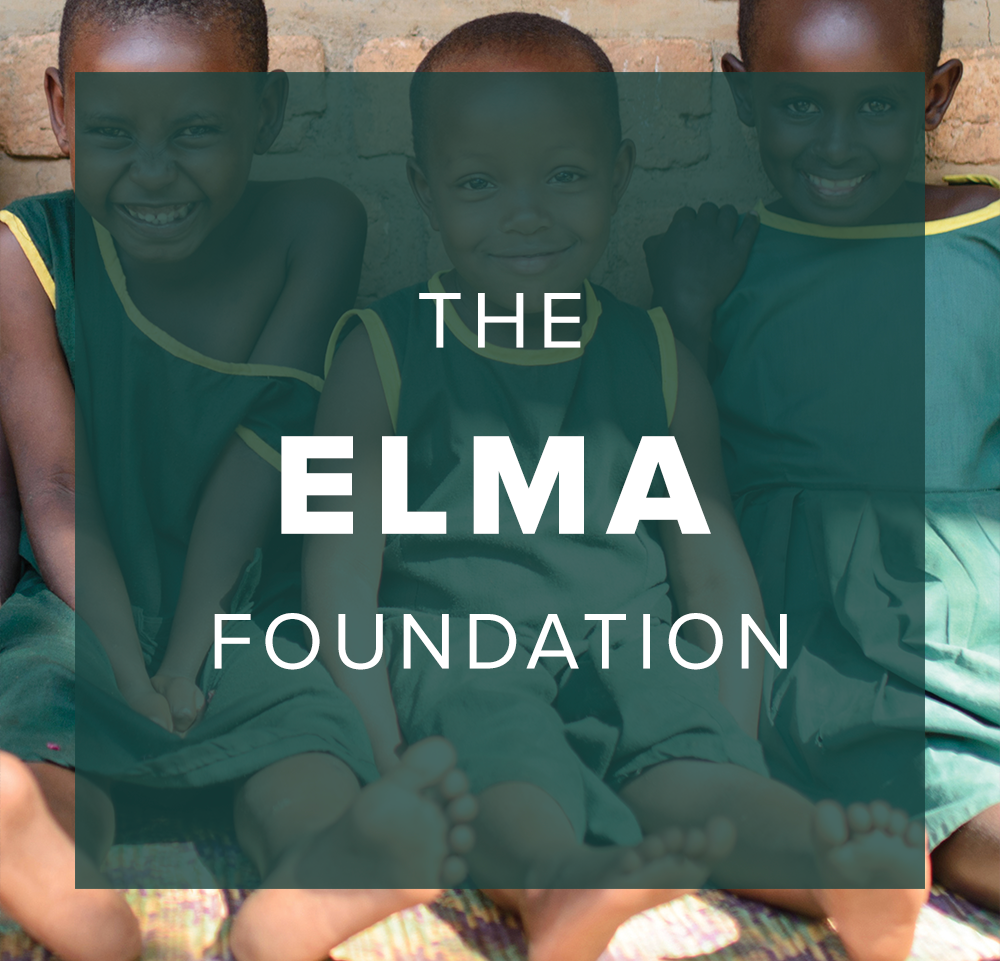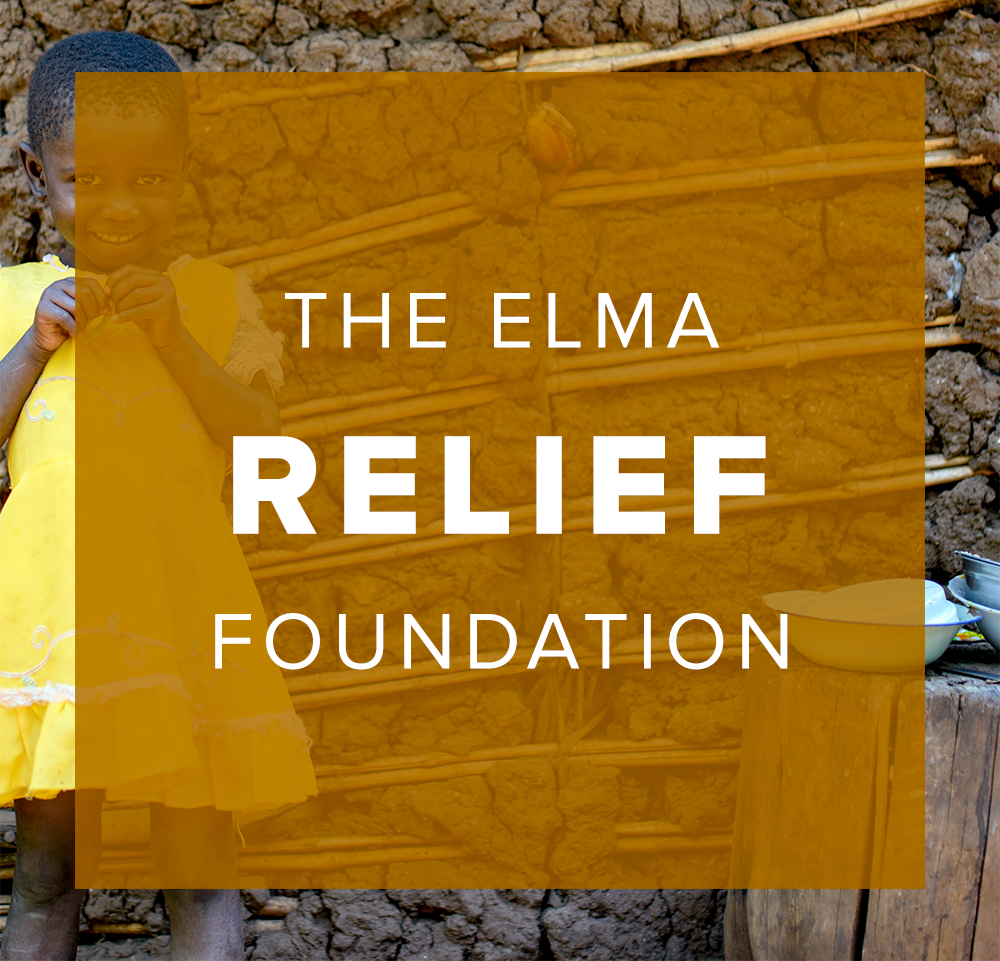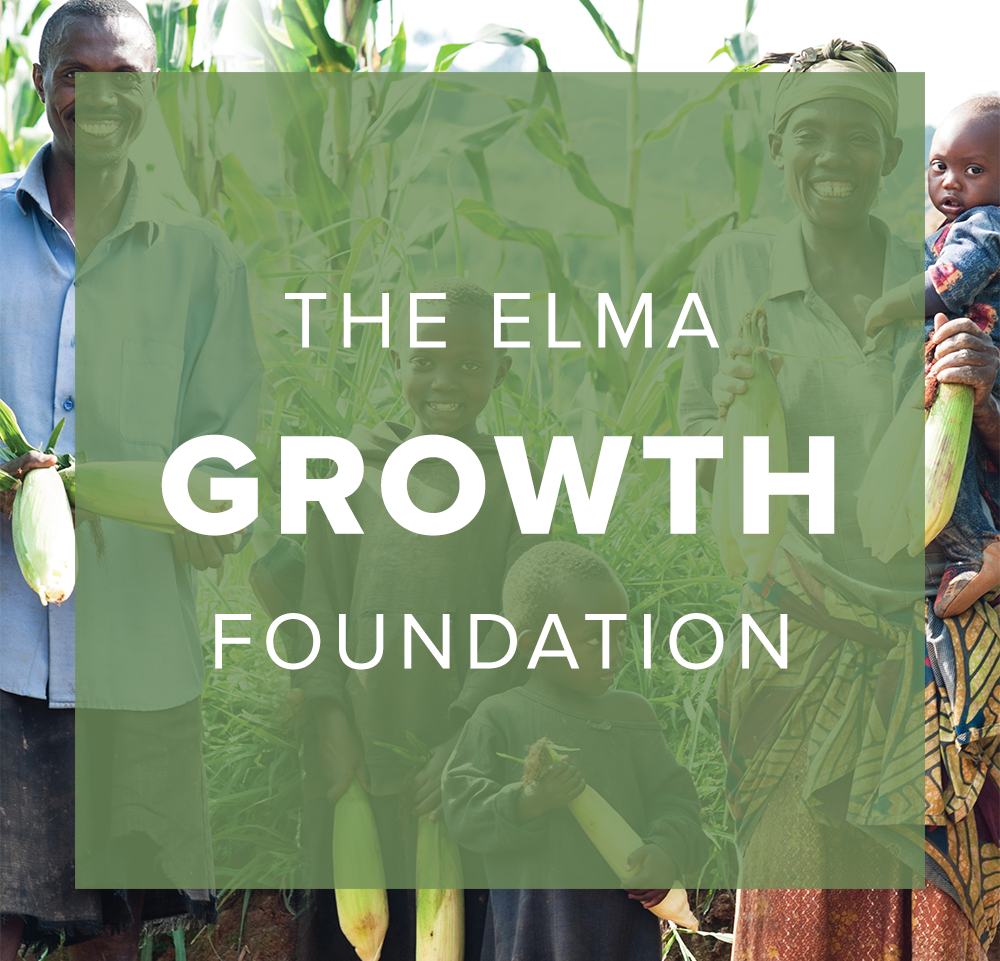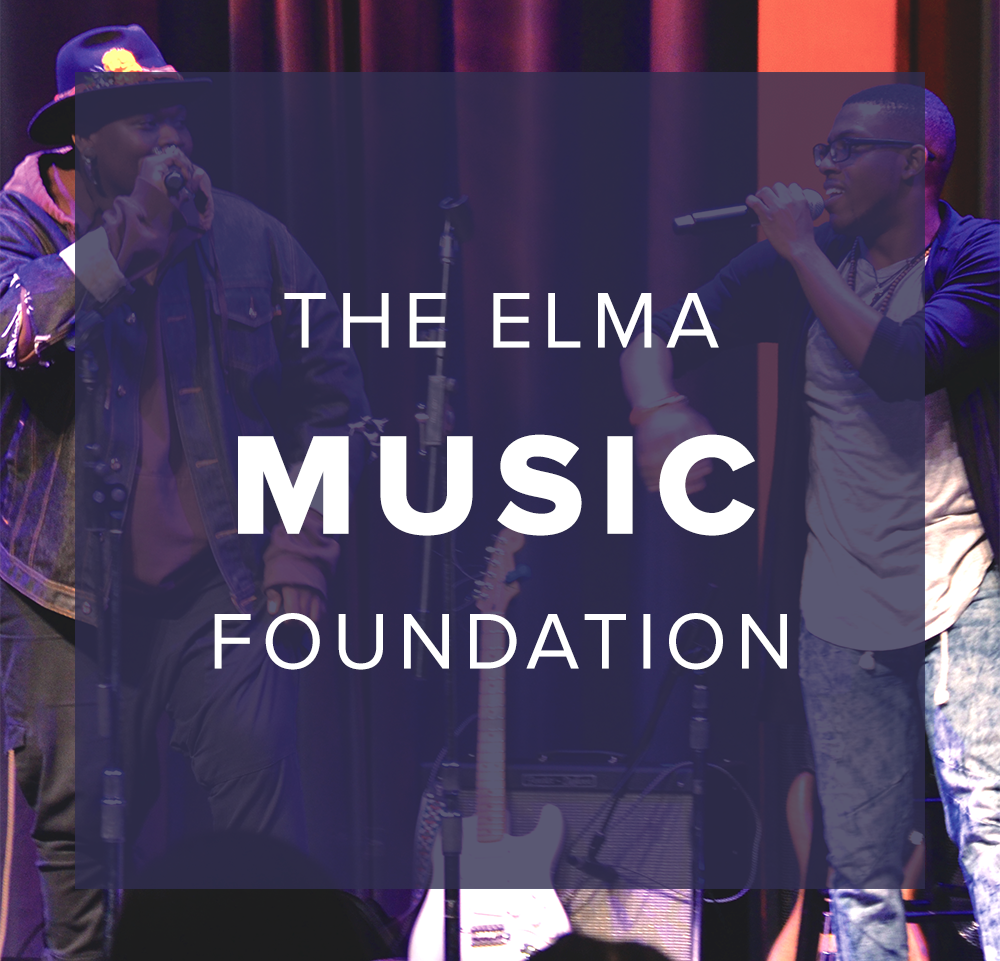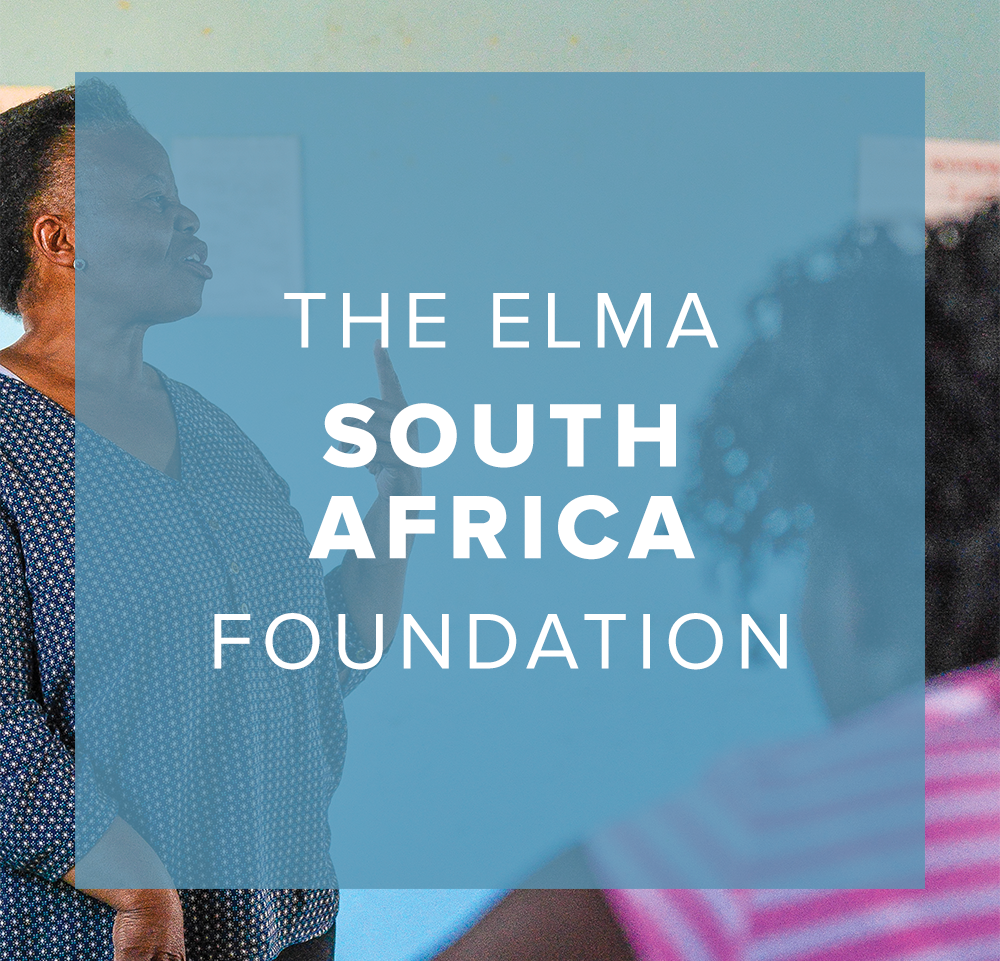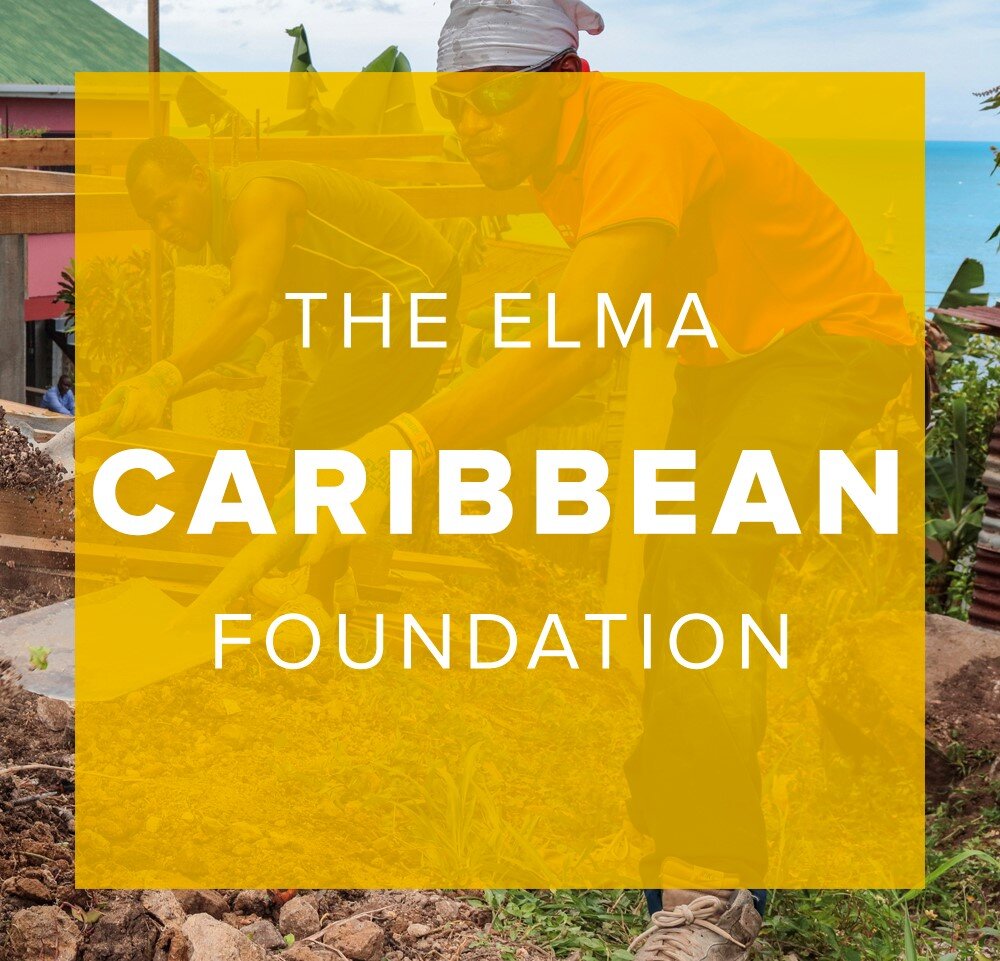< BACK TO E&L HOMEPAGE
Improving Policy and Practice in Pediatric HIV
June 6, 2025
June Lee
Director, Evidence & Learning
ELMA PhilanthropiesSehrish Bari
Senior Evidence & Learning Officer
ELMA Philanthropies
Photo: Through Zvandiri, young people living with HIV are connected with trained peers who connect with them and support them to survive and thrive.
Approach
In 2024, ELMA’s Evidence and Learning team conducted a review of the ways in which our partners have contributed to influencing policy and practice through ELMA’s investments. Our measurement approach captures two dimensions of policy and practice influence:
1. Stage of uptake: The extent to which policies or practices are implemented, institutionalized, and sustained (for at least 18 months) post-investment. Institutionalization occurs when policies, practices, and interventions are embedded within the structures and norms of institutions such as government, health facilities, or organizations. These are assessed using a rubric that describes each stage of progress qualitatively.
2. Level of influence: The scale of influence, from local, subnational (e.g., district or province), national to regional/global.
ELMA’s AIDS-Free investments largely support organizations that work collaboratively to implement evidence-based approaches to the HIV testing, identification, and treatment cascade, with a focus in South Africa, Uganda, Malawi, Zimbabwe, Nigeria, and Ethiopia. Through these investments, partners contributed to the identification of approximately 230,000 HIV+ children and adolescents with a treatment initiation rate of 93% (across eight countries) and an average 12-month retention rate of 80% (ranging from 62% to 98% across 5 countries). Our analyses found that many AIDS-Free partners contributed to mature levels of influence on pediatric HIV policies and practices globally and nationally, as described below.
Highlights of Global Policy Influence
Partners informed the development of several global frameworks and guidelines for testing and treatment, including UNICEF’s service delivery framework, Improving HIV Service Delivery for Infants, Children, and Adolescents, WHO’s Adolescent Friendly Health Services for Adolescents Living with HIV, and WHO’s new guidance to promote strong, efficient, and sustainable regulatory systems, Good Regulatory Practices, which will be utilized for pediatric medicines.
Highlights of National-Level Policy Influence
Across multiple countries, ELMA’s partners developed and supported governments with the national adoption of interventions and/or guidance to improve care for children and adolescents with HIV. These include:
South Africa: The Department of Health adopted the partner-developed Matrix of Interventions (comparable to the UNICEF service delivery framework mentioned above) and scaled it nationally. Partners also supported the national adoption and roll out of two optimized pediatric drug formulations and facilitated pediatric dolutegravir registration.
Uganda: The Ministry of Health formalized and scaled adoption of an optimal package of interventions and standardized guidance, developed by ELMA-supported partners, on pediatric and adolescent HIV case finding and treatment.
Zimbabwe: A peer support model originated by ELMA partner Zvandiri has been integrated in Zimbabwe’s National AIDS Strategic Plan and its Adolescent and Youth Sexual and Reproductive Health Strategy.
Malawi and Zambia: Ministries of Health in both countries adopted a national level package to improve linkage to care and retention for infants and children.
Nigeria and Ethiopia: Partners facilitated the integration of the UNICEF service delivery framework into national policy in both countries.
Highlights of National-level Influence on Practices
ELMA’s AIDS-Free investments have also had an impact on pediatric HIV practices across Africa, with most grantees reaching the stage of institutionalization and sustainment of practice change. Key ELMA partners achieved significant practice influence through the improvement of pediatric HIV service quality and the facilitation of UNICEF’s service delivery framework in multiple countries. Innovative treatment models, such as peer-to-peer mentoring among HIV+ youth, were successfully institutionalized across 11 African countries.
South Africa: Partners in South Africa successfully scaled up effective strategies for pediatric and adolescent HIV case finding, linkage to care, and treatment and supported implementation of the Matrix of Interventions (mentioned above) in high-burden districts. These partners have contributed to the identification of 62,000 new cases; this represents 11% of the total population of children and adolescents living with HIV in South Africa.
Uganda: Partners in Uganda supported the Ministry of Health to develop and adopt a national package of interventions and standardized guidance on pediatric HIV care, then worked together with government partners to support the wide-scale implementation of these approaches. This partnership has contributed to the identification of approximately 45,000 new cases since 2014, which represents 26% of the total population of children and adolescents currently living with HIV in Uganda.
Nigeria and Ethiopia: In Nigeria and Ethiopia, Ministries of Health were supported to accelerate transition to optimal ART, while investments made in Malawi, Zambia, and Uganda led to improvements in pediatric HIV intervention practices that were sustained post-grant; One year post-grant, ART coverage improved from 67% to 79% in Zambia and 73% to 80% in Malawi, while viral suppression rates also improved from 89% to 92% in Zambia, and 72% to 79% in Malawi.
Insights and Learning
Partners that succeeded in influencing policy and practice shared several key characteristics:.
They formed strong collaborations with national governments and coordinated action across multiple stakeholders to amplify reach and impact.
Their policy and practice recommendations were grounded in robust evidence generated through the piloting and evaluation of innovative interventions, which was crucial to secure buy-in from policymakers and other funders. Implementation strategies that prioritized integrated and holistic interventions for the full pediatric treatment cascade were also found to be successful in catalyzing change.
Remaining flexible and adaptable has allowed ELMA’s grantee partners to refine their strategies to assure sustainability and to appropriately respond to ongoing challenges such as weak health systems infrastructure, human resource constraints, and fragmented data systems.
Political instability, competing health priorities such as COVID-19, sociocultural factors (stigma, gender inequities), and inadequate or unpredictable funding patterns were also found to be important contextual challenges that required grantees to adopt holistic, context-specific strategies that went beyond clinical interventions.
The AIDS-Free investments offer valuable lessons for ELMA to continue to invest in systemic change in pediatric HIV policies and practices, many of which ELMA is already implementing. Prioritizing long-term, flexible funding allows grantees to build strong relationships with stakeholders and adapt programming and policy to changing contexts. Since the success of pediatric HIV interventions inherently lies in the strength of the underlying health systems, investing in workforce development, supply chain management, data systems, and similar infrastructure is crucial to the institutionalization of relevant policies and best practices. Additionally, by fostering strong collaborations, ELMA and its partners can create a more informed network that will sustain broader change in the pediatric HIV treatment landscape on the African continent.





